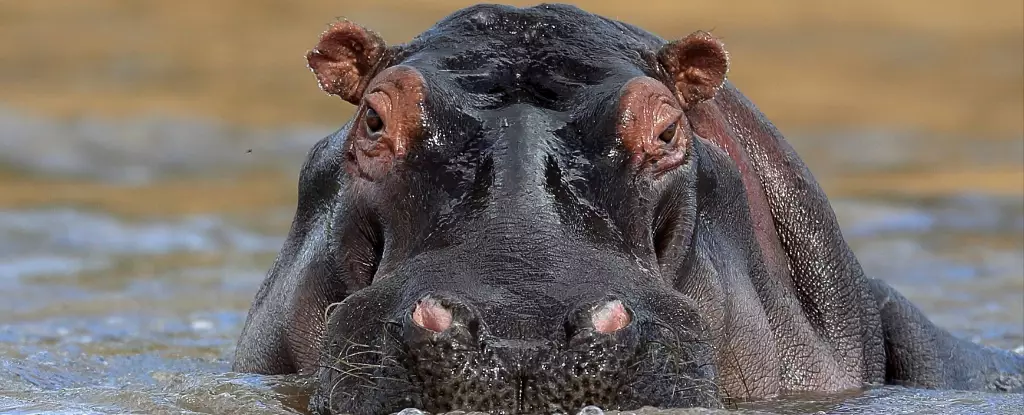The recent loss of nearly 50 hippos in Virunga National Park due to anthrax poisoning is more than just a grim statistic; it’s an alarming wake-up call for both environmental stewardship and public health. This tragic occurrence, sparked by the Bacillus anthracis bacterium, not only highlights the vulnerability of wildlife in one of Africa’s oldest national parks but also underscores a harsh reality—it becomes emblematic of deeper systemic failures. The hippos, icons of this biodiverse haven located in the Democratic Republic of Congo (DRC), are now victims of a multifaceted crisis—environmental degradation, lack of resources, and continued conflict in the region.
Anthrax: Unseen but Ever-Present Threat
The spore-forming nature of Bacillus anthracis allows it to linger dangerously in the soil, a somber reminder of past wildlife fatalities and a potential harbinger of future human contagion. While this disease is primarily known to afflict animals, its zoonotic potential—the capability to jump from animals to humans—should never be underestimated. The human populace living on the margins of this national park faces an increased risk, particularly when it comes to consuming bushmeat, as highlighted by the Congolese Institute for Nature Conservation (ICCN). It’s not merely an ecological issue; it’s a burgeoning public health crisis that puts local communities in grave jeopardy.
Virunga’s Battle: The Cost of Conflict and Chaos
Virunga National Park has long been a victim of the persistent conflict that has plagued Eastern Congo for more than three decades. As militarized factions vie for control over land and resources, the park becomes collateral damage, with its rich ecosystems exploited for the benefits of a few. The hippos, once a source of pride and part of a flourishing ecosystem, are now floating corpses, symbolic of the broader deterioration of both the environment and the societal fabric in the region. This situation should ignite outrage among international observers, as the survival of iconic species like the hippopotamus is emblematic of the health of the ecosystem as a whole.
The Role of Conservation and Community Engagement
Effective conservation efforts can only thrive with active engagement from local communities and support from global partners. In an area that struggles with limited resources, the fight against both wildlife disease and poverty must be unified. Strategies must prioritize addressing the root causes of the conflict while also advocating for the protection of biodiversity. The legacy of Virunga, established in 1925, stands on the precipice of collapse. It is incumbent upon both national authorities and the international community to act—not just to protect the wildlife that remains, but to restore hope in a region that has known suffering for far too long.
This incident is an urgent call to action, highlighting a troubling trend where heritage and vibrant ecosystems are sacrificed at the altar of human folly and neglect. The fate of Virunga and its precious inhabitants hangs by a thread; we must rally for comprehensive solutions before we lose more than just the photographs of these magnificent creatures.


Leave a Reply